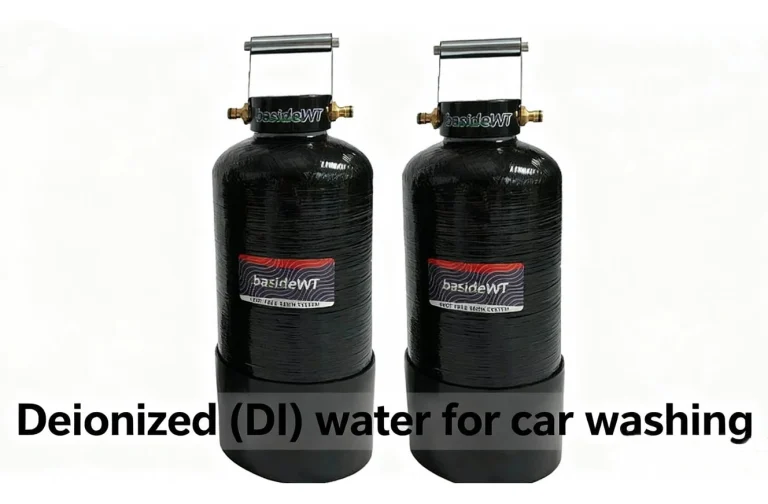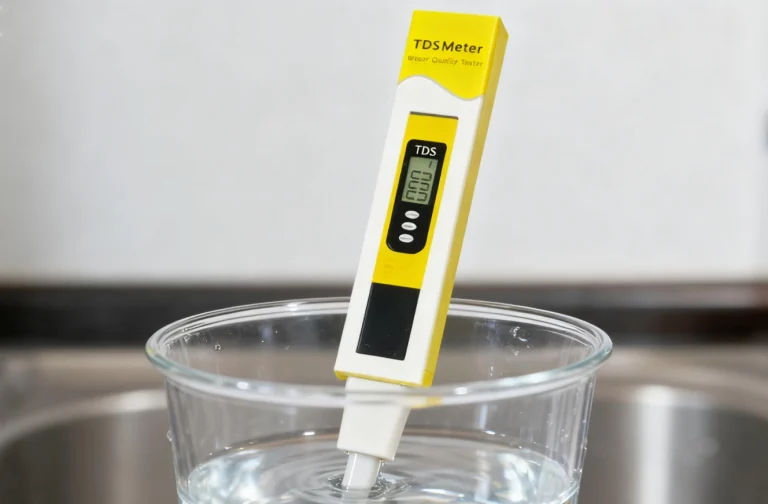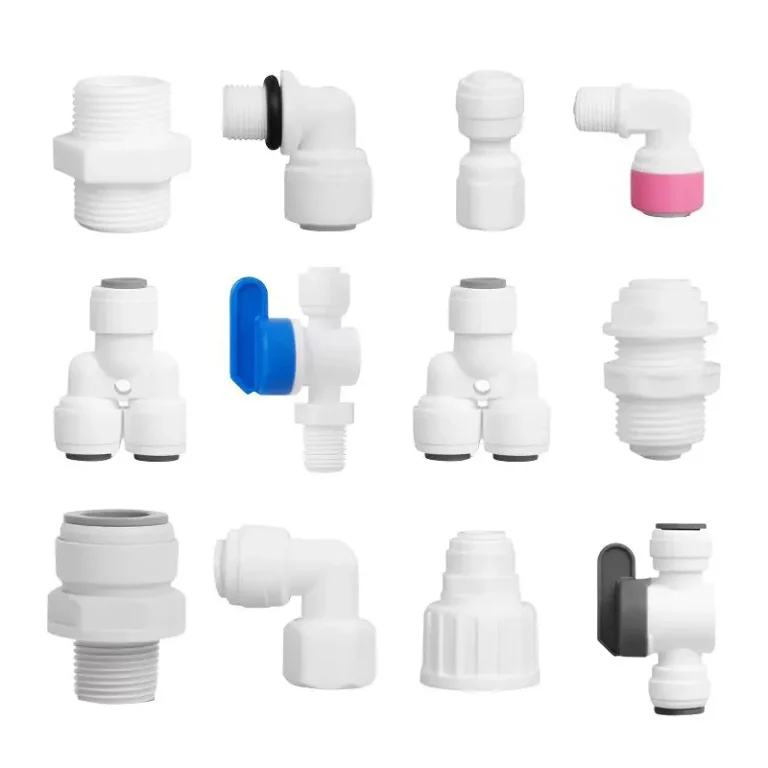BasideWT- Whole Home Water Filtration System & Replacement

What Micron Filter Is Best For Well Water
Have you noticed a strange odor from your tap? Are your fixtures stained reddish-brown? Your well water might be sending a clear message. It needs a filter. But which one? The “micron rating” is the most critical number you need to know. Choosing the wrong one can mean wasted money and continued contamination. So, what micron filter is truly best for well water? The answer isn’t a single number. It depends entirely on what’s in your water. This definitive guide will cut through the confusion. We will explore sediment types, contamination levels, and optimal filtration strategies. Ultimately, for superior whole-house protection, we will demonstrate why the BasideWT Multi-Stage Filtration System stands out as the premier choice.
Understanding Micron Ratings in Water Filtration
Simply put, a micron is a unit of measurement. One micron is one-millionth of a meter. To visualize, a human hair is about 90 microns thick. A grain of table salt is roughly 100 microns. Therefore, micron ratings in filters refer to the size of particles they can physically trap.
A fundamental rule is crucial here. Lower micron numbers mean finer filtration. For instance, a 1-micron filter is much tighter than a 20-micron filter. It can catch smaller, finer particles. However, there is a trade-off. A finer filter creates more resistance for the water. This can slightly reduce water pressure. Consequently, selecting a micron rating is a balancing act. You must find the perfect point where filtration effectiveness meets acceptable water flow for your home’s needs.
Identifying Common Contaminants in Your Well Water
Before choosing a filter, you must identify the enemy. What specific particles are in your well? A professional water test is highly recommended. It provides a precise contaminant report. Generally, well water contaminants fall into these categories:
- Sediment and Silt: These are insoluble particles. They include sand, dirt, and rust. They are often visible to the naked eye. They cause cloudiness and can damage appliances.
- Biological Contaminants: This includes bacteria, cysts, and other microorganisms. They are measured in sub-micron sizes. They pose serious health risks and require specialized filtration.
- Chemical Contaminants: These are dissolved substances. Examples are iron, manganese, and hydrogen sulfide. They cause staining, metallic tastes, and rotten egg smells.
The Critical Role of Sediment Filtration
Sediment filters are your first line of defense. They act as a barrier. They protect your plumbing and more advanced filtration systems downstream. Think of them as the goalie on a soccer team. They stop the big, easy shots. This allows the star players to focus on scoring. Common sediment sizes in wells include:
- Gravel and Sand (100+ microns): These are large, abrasive particles. They are often found in new wells or after pump work.
- Silt and Clay (1-20 microns): These are fine, suspended particles. They make water look hazy.
- Iron Bacteria and Rust (1-5 microns): These slimy or sticky particles can clog fixtures and have a distinct odor.
How to Select the Perfect Micron Filter Size
So, what is the magic number? There isn’t one. The best approach is often a multi-stage one. This strategy tackles particles of all sizes efficiently.
Starting with a Larger Micron Pre-Filter
For most well systems, starting with a larger filter is wise. A 20 or 50-micron filter is an excellent first stage. It captures the large, abrasive sediment. This includes sand and heavy silt. Why is this important? It prevents your finer, second-stage filter from clogging too quickly. This extends its life and saves you money on replacements. It also maintains strong water pressure throughout your home.
Implementing a Finer Micron Final Filter
After the pre-filter, you need a finer filter. This is your primary polishing stage. A 5 or 1-micron filter is ideal here. It captures the finer silt, clay, and some iron bacteria. This combination is highly effective. The 20-micron filter does the heavy lifting. The 5-micron filter provides crystal-clear, particle-free water. For wells with very fine clay or concerns about bacteria/cysts, a 1-micron absolute rated filter is the gold standard. It guarantees no particle larger than 1 micron passes through.
Comprehensive Review of the Best Filtration System: BasideWT
Choosing the right micron ratings is only half the battle. You need a reliable, well-designed housing and filter system. This is where the BasideWT Whole House Water Filtration System excels. It is engineered specifically for the challenges of well water.
Superior Multi-Stage Filtration Design
The BasideWT system doesn’t force you to choose one micron rating. It uses a strategic, layered approach. Its design typically includes:
- A Sediment Pre-Filter Stage: This stage often uses a high-capacity pleated sediment filter. It effectively removes larger particles like sand, rust, and dirt. This protects the subsequent stages.
- An Activated Carbon Block Stage: This is a powerhouse stage. It combines fine mechanical filtration (often down to 1-5 microns) with chemical adsorption. The carbon removes chlorine, bad tastes, foul odors, and many organic chemicals.
- Specialized Contaminant Removal (Optional): Many BasideWT systems can be configured with additional cartridges. These target specific well water issues like iron, manganese, or scale.
This multi-stage process ensures that every contaminant type is addressed by the best technology for the job.
Unmatched Durability and Ease of Maintenance
Well water can be harsh. The BasideWT system is built to last. It features a heavy-duty, corrosion-resistant housing. The filter cartridges are designed for high dirt-holding capacity. This means longer intervals between changes. Furthermore, the transparent housing (on some models) allows for easy visual inspection of the sediment level. Changing filters is a simple, tool-free process. This makes ongoing maintenance a quick and clean task for any homeowner.
Final Recommendations and Best Practices
Your well water is unique. Therefore, a customized solution is always best. Follow these steps for success:
- Test Your Water: Always start with a comprehensive water test. You cannot solve a problem you haven’t identified.
- Install a Sediment Spin-Down Filter (Optional): For wells with very heavy sediment, consider a pre-filter before your main system.
- Choose a Multi-Stage System: Invest in a system like BasideWT. It provides layered protection. Start with a larger pre-filter and finish with a fine 1 or 5-micron filter.
- Monitor and Maintain: Regularly check your filters. Replace them according to the manufacturer’s guidelines or when you notice a pressure drop. Consistent maintenance guarantees optimal performance.







